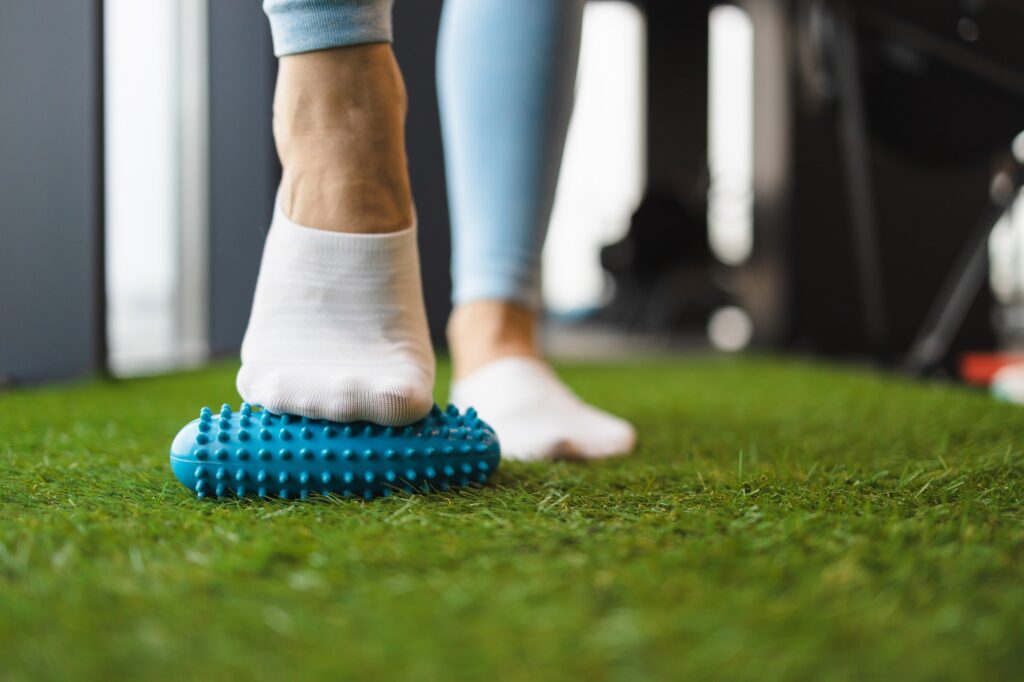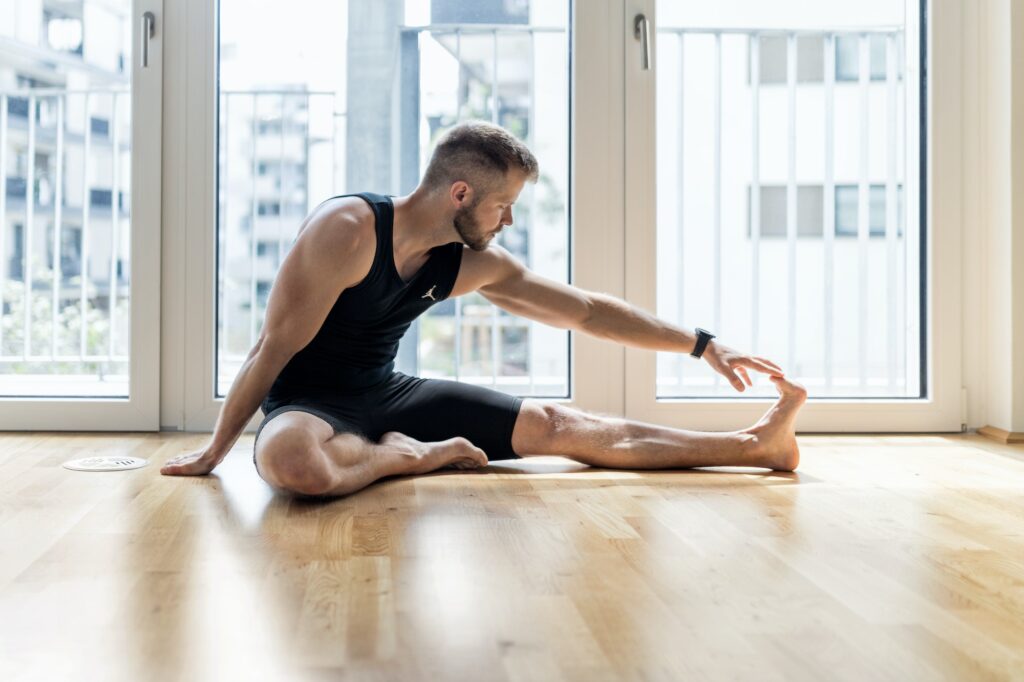Rest days are typically associated with passive modalities. For instance, you might imagine yourself lounging on the couch indulging in an epic Netflix binge or perhaps leisurely reading in the sun, giving your body time to recoup and rest. But not all recovery is passive!
In fact, active recovery can actually help you recover better post-workout and even gain greater results in the gym. While it might sound counter-intuitive, an active recovery day has tons of benefits. In this article, we’re going to outline what exactly active recovery means, why you should use it, and when you should use it.
What is Active Recovery?

Active recovery involves a form of low-intensity exercise to promote blood flow and stimulate muscle healing. And it’s not just limited to your rest days.
Active recovery is a method you can use throughout your workout, such as during a high-intensity interval session, or at the end of your workout to optimize your cooldown.
In contrast, passive recovery typically involves basic rest. Meanwhile, active recovery can include activities such as low-intensity cardio, foam rolling, yoga, physical therapy, the stationary bike, and more.
Why Should You Use Active Recovery?
The benefits of active recovery speak for themselves. It’s undeniable that training in the gym places stress on the body, and you can’t go hard every day. In fact, this would quickly lead you down the road toward injury (not to mention all the time you would spend on the sidelines tending to that injury).
However, an active recovery day still allots some time and flexibility for you to move your body but without overdoing it. When used correctly, active recovery can actually help you perform better in the gym by accelerating your off-gym recovery time.

The American Council on Exercise states that the benefits of active recovery include:
- Increased circulation
- Improved range of motion
- Decreased lactic acid build-up in muscle tissue
- Muscle repair
- Increased nutrient delivery to muscle tissue
When it comes down to it, the secret of active recovery is increased blood flow, leading to all of these other advantages. Ideally, you want to raise your heart rate above resting, while keeping the activity low impact.
Experts further claim that this method of recovery can help reduce delayed onset muscle soreness, DOMS, helping you get back in the gym faster and performing at your very best.
Basically, with increased blood flow, your body is removing toxins, like lactic acid, from the area worked, and bringing nutrients and oxygen to help aid the recovery process.
What is Needed For It?
For active recovery workouts, you can use a variety of different tools or exercises. Some examples include:
- Self-myofascial release tools, such as a foam roller
- Stretches
- Light cardio, such as walking, swimming, or biking
- Yoga
- Mobility
- Core training
Even compression tights and compression boots can play a part in your recovery regime, whether you chose active or passive recovery tactics.

How to Do It Properly
After an intense workout, you can use active recovery to reduce sore muscles, obtain adequate physical activity, reduce muscle damage, and improve your future training sessions. Ideally, your active recovery day should:
- Elevate your heart rate without impacting your joints
- Use isometric movements over compound movements
- Prioritize weak areas, such as poor mobility or points of tension
- Encourage blood flow to sore or previously worked areas (For example, if you worked your glutes, you’ll want to perform an activity that increases blood flow to this area.)
A simple and good form of active recovery is walking. This is easy and accessible for anyone, even if the gym is closed! It’s low-impact and it won’t lead to overtraining, at least not easily.
Active recovery can further be used during your workout, right after your workout, or the day after a tough workout.

During your workout, such as during a high-intensity interval session, active recovery can help you briefly recovery before you dive into the next HIIT interval. For example, active recovery, in the case, may involve gently jogging on the spot or performing bodyweight squats over jumping squats.
After your workout, active recovery can be used to soothe your nervous system and prevent muscle fatigue and soreness. For example, many athletes and weightlifters use foam rollers to release tight spots in the muscle. Additionally, light lunges and squats may be used to stretch and encourage blood flow to the areas worked.
The day after your workout, active recovery may involve all of the above, as well as light cardio, such as swimming, biking, or walking, or gentle yoga.
Yet, use caution! When active recovery turns into a full-blown workout, your risk overtraining, injury, and reduced performance in the gym.
Programming
So, how should you fit it into your routine? As previously mentioned, active recovery is pretty versatile. You an use it during, right after, or the day after a tough workout. But let’s dig a little deeper.
How Long Should You Do Active Recovery?
Generally, the rule of thumb is keeping your active recovery workout between 20 and 45 minutes. Again, you don’t want to overdo it. Rather, you simply want to encourage blood flow and healing, while moving your body.
How Often Should I Do Active Recovery?

Active recovery doesn’t mean you no longer take rest days. Rest days are always absolutely necessary to allow your body time to fully recover and reset. However, most of these rest days can consist of some form of active recovery, even if it is just walking for 15- 20 minutes.
In other words, active recovery can be performed as often as you need, as long as you don’t overdo it which is entirely dependant on the individual.
Is Active Recovery Better Than Rest?
In many ways, active recovery trumps rest. Yet, again, sometimes, your body simply needs rest. There are usually a few signs of this, including:
- An elevated resting heart rate
- You’re always tired
- You feel moody
- You’re always sore
- You haven’t hit any PBs in a while and you find your gym progress has come to a grinding halt
- You’re in pain
Did You Know?
Active recovery is considered king when compared to inactivity, complete rest, or sitting. This is due to its ability to increase blood flow, which doesn’t occur with sedetary activities.
Final Thoughts…
The key is always to listen to your body. If you feel you need rest, take rest. If a little movement feels good, move a bit. Your body is very intelligent at sending signals to let you know when you’re taking things too far. It’s up to you to tune into it and decide whether and when active recovery or full-on rest is right for you.

